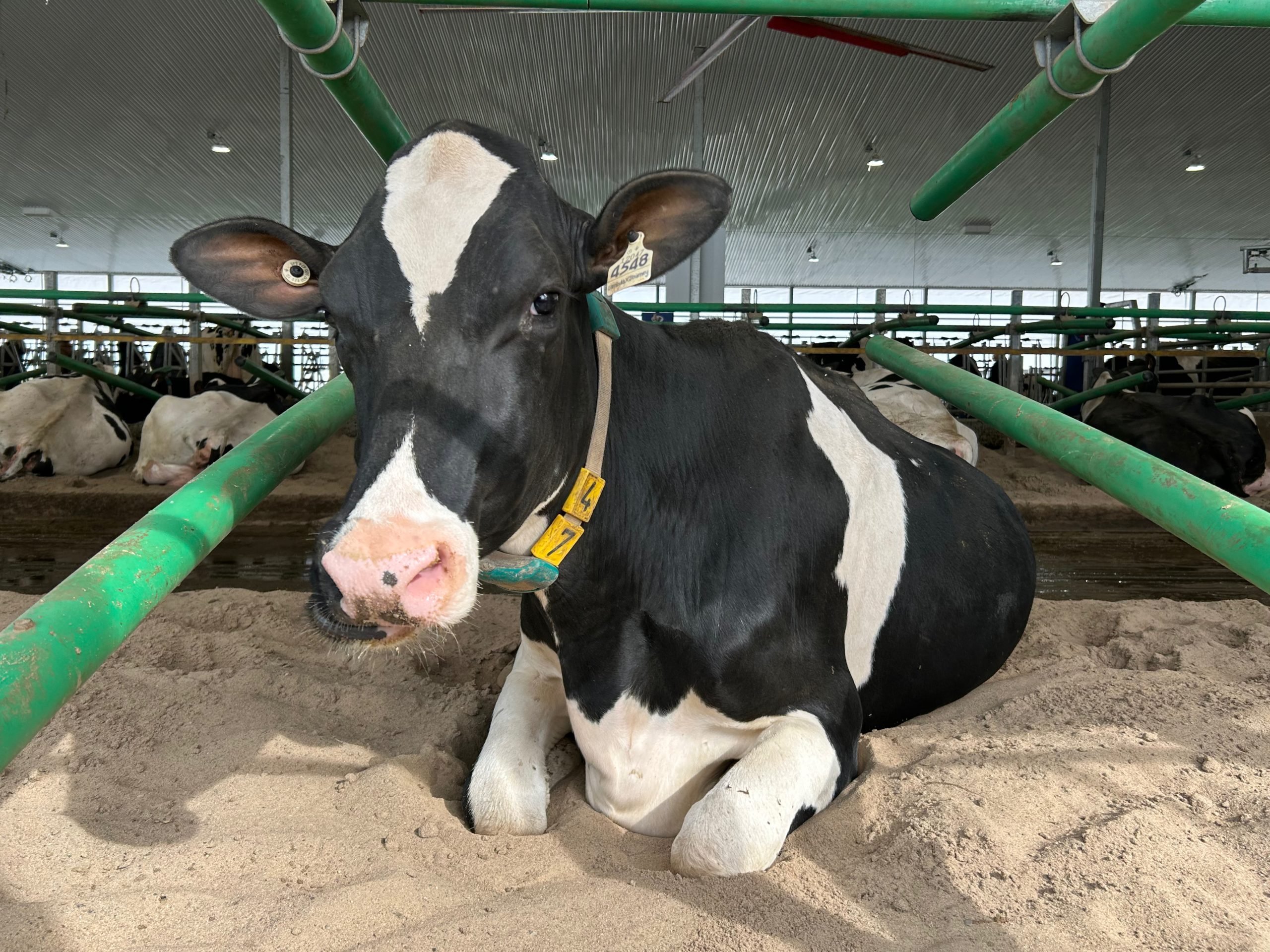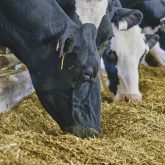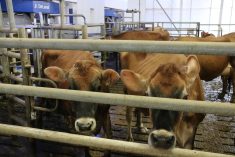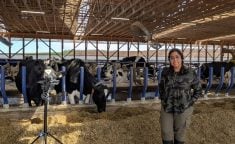The message often conveyed in terms of animal welfare is that dairy cows need to be given more resting time. According to researcher Nigel Cook, we should instead seek to optimize the resting time.
In a webinar with co-host Courtney Halbach, an extension specialist, Cook, an expert on the impact of the environment on dairy cattle welfare, explains the basics of cow comfort.
Why it matters: Cow comfort is a key part of maximizing milk production.
Read Also
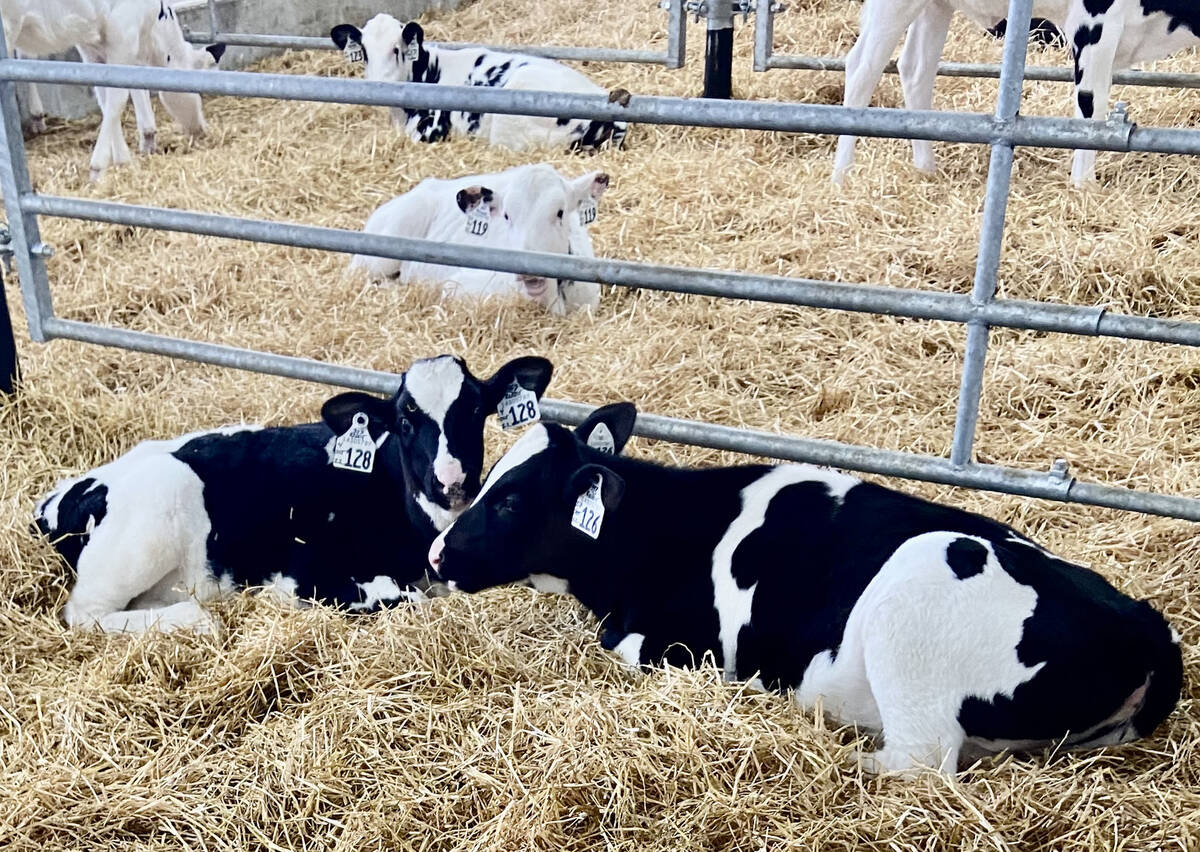
Back to the drawing board for sexed semen fertility ratings
Lactanet, the national genetic evaluation and dairy data provider, goes back to the drawing board with its sexed semen fertility rating index prototype.
In the 1990s, Cook studied the behavior of individual dairy cows on a dozen commercial farms. He says it’s fascinating to watch cows behave. Today, technology helps with automatic recorders and eventually, artificial intelligence could do this kind of work, but his research is still the gold standard.
Downtime
Cook explains that several factors influence the amount of time a cow lies down. On one hand, there are factors that come from the cow herself, such as parity, stage of lactation, milk production, illness and lameness. On the other hand, there are external factors, such as space, area, accessibility and ambient temperature.
Sick and lame cows lie down longer. “That’s not always a good sign,” says Cook of long lying time. It has to do with the surface of the stall.
When the surface is harder, it’s painful for the lame cow to get up. So she stays down. He cites research that compared a stall surface on mattresses and on sand. On sand, lame cows were more likely to get up.
“We need to talk about optimising rest so that a cow lies down when she wants and for as long as she wants,” explains the researcher.
The optimum lying time for a dairy cow is around 11.7 hours per day.
A soft surface like sand offers other benefits. Sand helps reduce lameness and injuries.
That’s why he started convincing dairy farmers to switch to sand bedding in 2004. Producers would put a pipe to catch and behind about 15 stalls and install sand. And soon, they saw improvements in cow welfare and an increase in milk production. These producers eventually modified their farms and built new barns with sand as bedding.
The increase in milk production paid for the investment. And the cows stayed in the herd longer.
“But it’s a bit scary when you do it for the first time,” Cook recalls today.
Optimizing time
To achieve the 12-hour rest time per day, milking time has to be limited because all the other activities of the cow have a fixed duration. The cow eats 4.5 hours per day, 2.5 hours to move around including watering and two hours standing in her stall. So exceeding three hours for milking leaves less time for lying.


